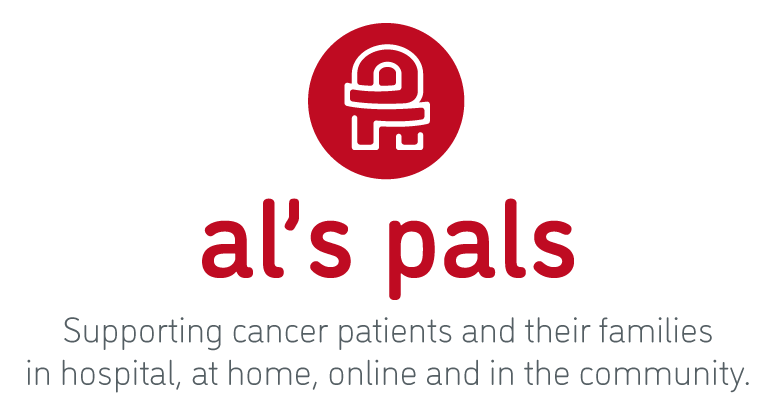

Unveiling the Power of Your Work Hours – Is 9-5 the most effective use of TIME?
Flexibility for workplace production
Unveiling the Power of Your Work Hours – Is 9-5 the most effective use of TIME?
In a world where innovation never sleeps, the age-old 9-to-5 work paradigm finds itself under the microscope. Is this classic schedule truly the pinnacle of productivity, or are there untapped dimensions to consider? From the unique essence of your tasks to the dynamic industry you’re part of, and even down to your personal rhythm – the effectiveness of your time allocation bears a tapestry of influences waiting to be unraveled. Join us as we embark on a journey to redefine how we approach our work hours, and unlock a realm of efficiency moulded perfectly for you.
“Flexibility is the art of finding harmony between the rhythm of work and the melody of life.”
For certain industries and job roles, the 9am to 5pm schedule can be effective. It provides a consistent framework for employees to collaborate, schedule meetings, and maintain a structured workday. Additionally, it aligns with the typical working hours of clients, customers, and other external stakeholders.
However, it’s important to recognise that productivity and effectiveness can vary among individuals. Some people may be more productive in the morning, while others may be night owls and perform better in the later hours of the day. Flexible work arrangements that allow employees to choose their own working hours or adjust their schedules to align with their productivity peaks can lead to increased job satisfaction and performance.
Moreover, the concept of productivity goes beyond the number of hours worked. It involves factors such as focus, quality of work, breaks, and overall work-life balance. Some individuals may find that shorter, more focused work periods result in higher productivity, while others may prefer longer hours with more breaks. Flexibility in work hours can accommodate these differences and allow employees to optimise their productivity.
In recent years, there has been a growing interest in alternative work schedules, such as flexible working hours, compressed workweeks (e.g., working four 10-hour days), or remote work arrangements. These options can provide employees with greater autonomy and control over their schedules, potentially leading to higher job satisfaction and improved work-life balance. However, the effectiveness of such arrangements depends on the specific needs and dynamics of each workplace.
Hybrid working refers to a work arrangement where employees split their time between working remotely and working from a physical office location. This approach has become increasingly popular, especially with the advancements in technology and the changing dynamics of the modern workplace. Here are some pros and cons of hybrid working:
Pros of Hybrid Working:
Flexibility: Hybrid working offers employees the flexibility to choose where they work, allowing them to better balance work and personal life. This can lead to increased job satisfaction and reduced stress.
Improved Work-Life Balance: Employees can save time and reduce the stress of commuting, leading to a better work-life balance. This can have positive effects on mental health and overall well-being.
Increased Productivity: Some individuals may find that they are more productive when working from home, as they can create a customized environment that suits their preferences and minimizes distractions.
Cost Savings: Both employees and employers can save on commuting costs, office-related expenses, and other associated costs, leading to potential financial benefits.
Access to a Larger Talent Pool: Companies can tap into a wider pool of talent, as they are not restricted to hiring employees who live in the immediate vicinity of their office.
Reduced Office Space Costs: Employers can potentially downsize their office space or adopt a flexible office space model, leading to cost savings on rent and utilities.
Cons of Hybrid Working
Communication Challenges: Remote work can sometimes lead to communication issues, as face-to-face interactions are reduced. Misunderstandings and misinterpretations of messages can occur more frequently in a remote setting.
Isolation and Loneliness: Remote workers may experience feelings of isolation and loneliness due to the lack of social interaction with colleagues. This can impact their mental health and sense of belonging.
Difficulty in Team Collaboration: Collaborative tasks and projects might become more challenging when team members are working from different locations. Spontaneous brainstorming sessions and quick discussions may be limited.
Monitoring and Accountability: Employers may face challenges in monitoring and ensuring accountability for remote employees, which could potentially affect the quality and timeliness of work.
Technology and Infrastructure Concerns: Remote work requires a reliable and secure technological infrastructure, which can be a challenge for both employees and employers to maintain.
Inequity Among Employees: Hybrid work arrangements could potentially create a divide between employees who are able to work remotely and those who are required to work on-site, leading to feelings of inequality and resentment.
Company Culture and Employee Engagement: Maintaining a strong company culture and fostering employee engagement can be more difficult in a hybrid work environment, as in-person interactions play a crucial role in building relationships and a sense of belonging.
In summary, hybrid working has the potential to offer numerous benefits, such as flexibility and improved work-life balance, but it also presents challenges related to communication, collaboration, and maintaining a strong company culture. Finding the right balance and implementing effective strategies to address the cons can help organisations make the most of hybrid work arrangements.
Crouchers Ltd knows that a one-size-fits-all approach doesn’t cut it. That’s why we’re all about experimentation and open dialogue. We believe that finding the sweet spot between traditional and innovative work methods is the key to unlocking peak productivity and unparalleled job satisfaction.
Ultimately, determining the most effective use of time in the workplace requires considering the specific context and the needs of both the organisation and its employees. Experimentation, open communication, and a willingness to adapt can help find the optimal balance between standard work hours and alternative approaches to maximize productivity and overall job satisfaction.









